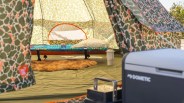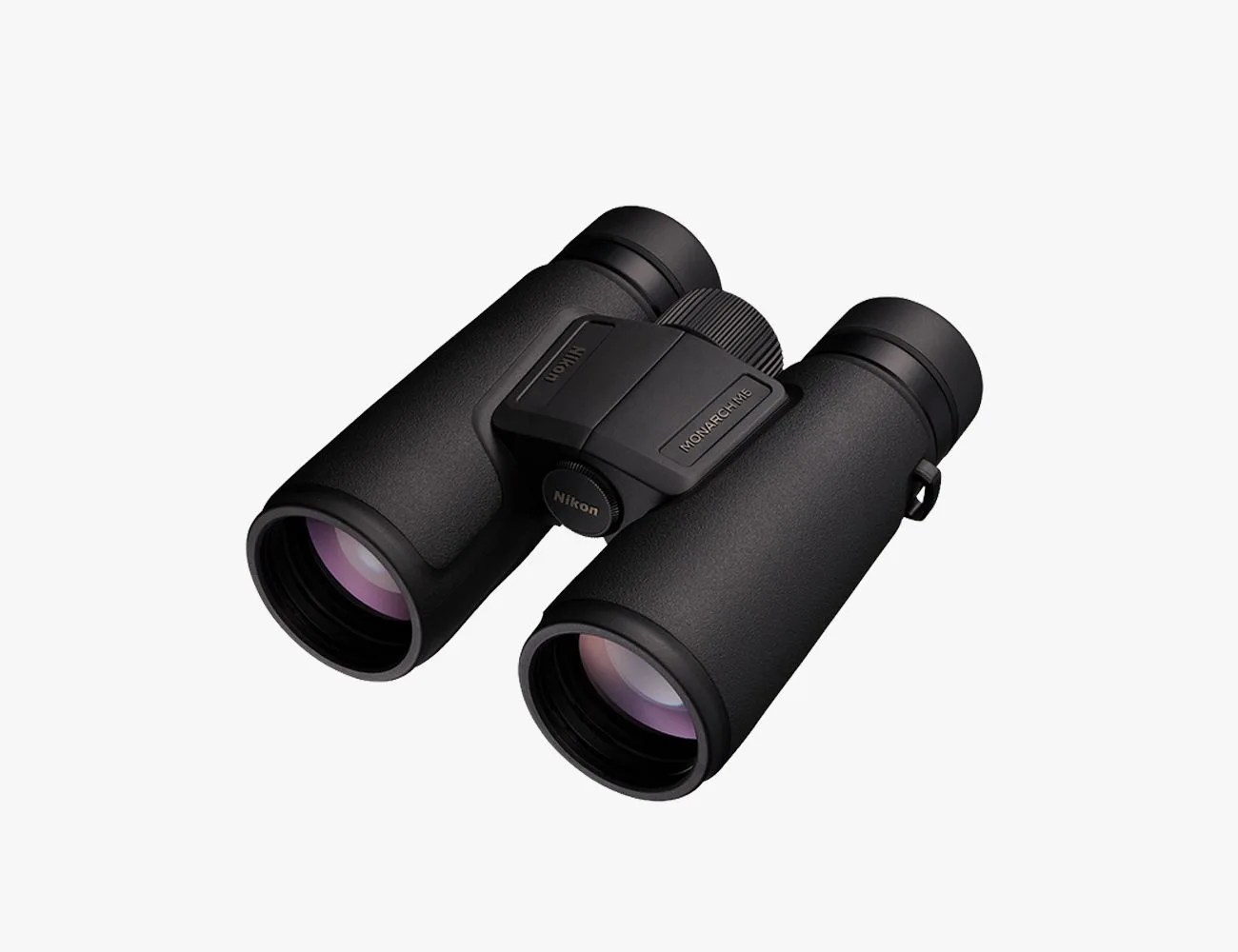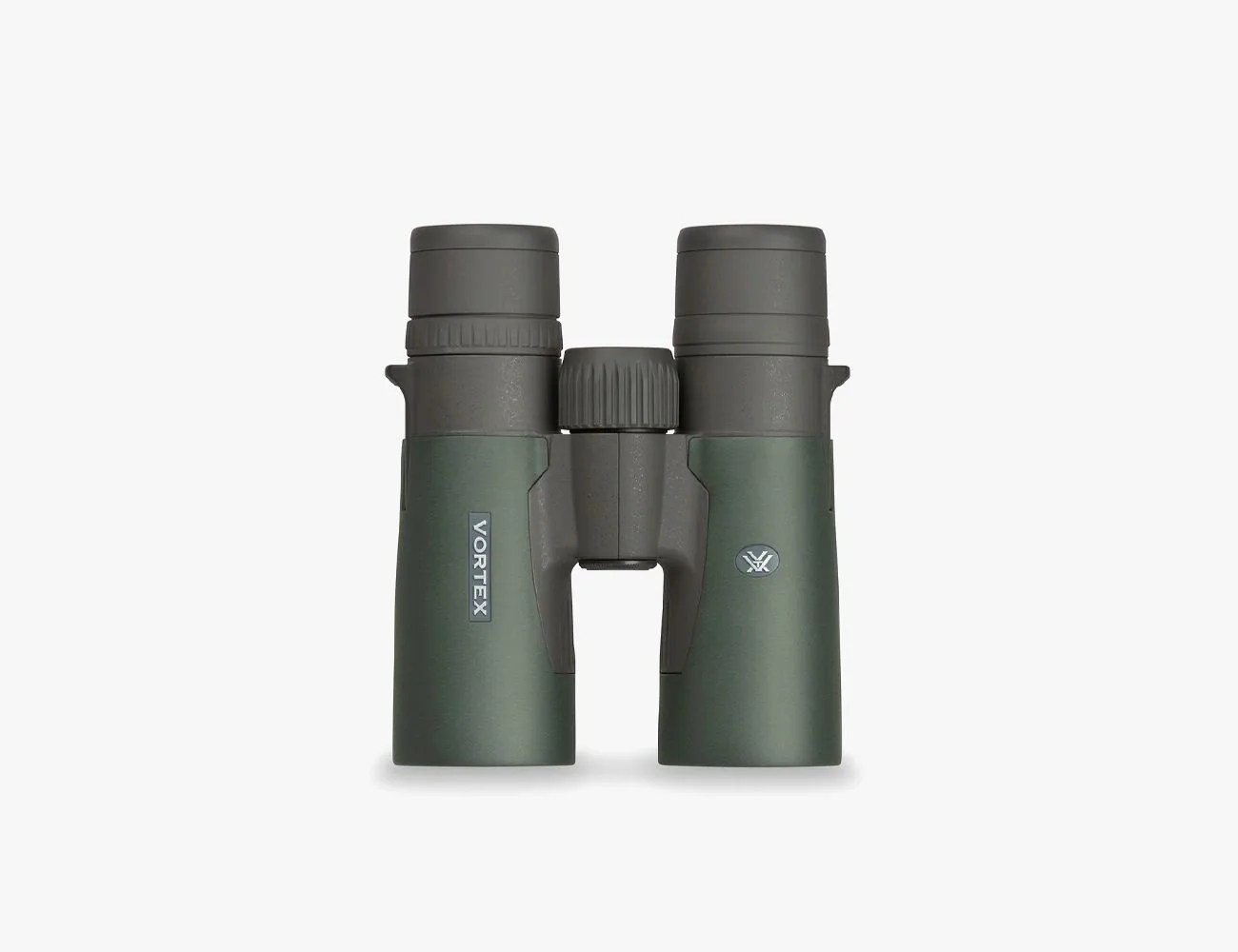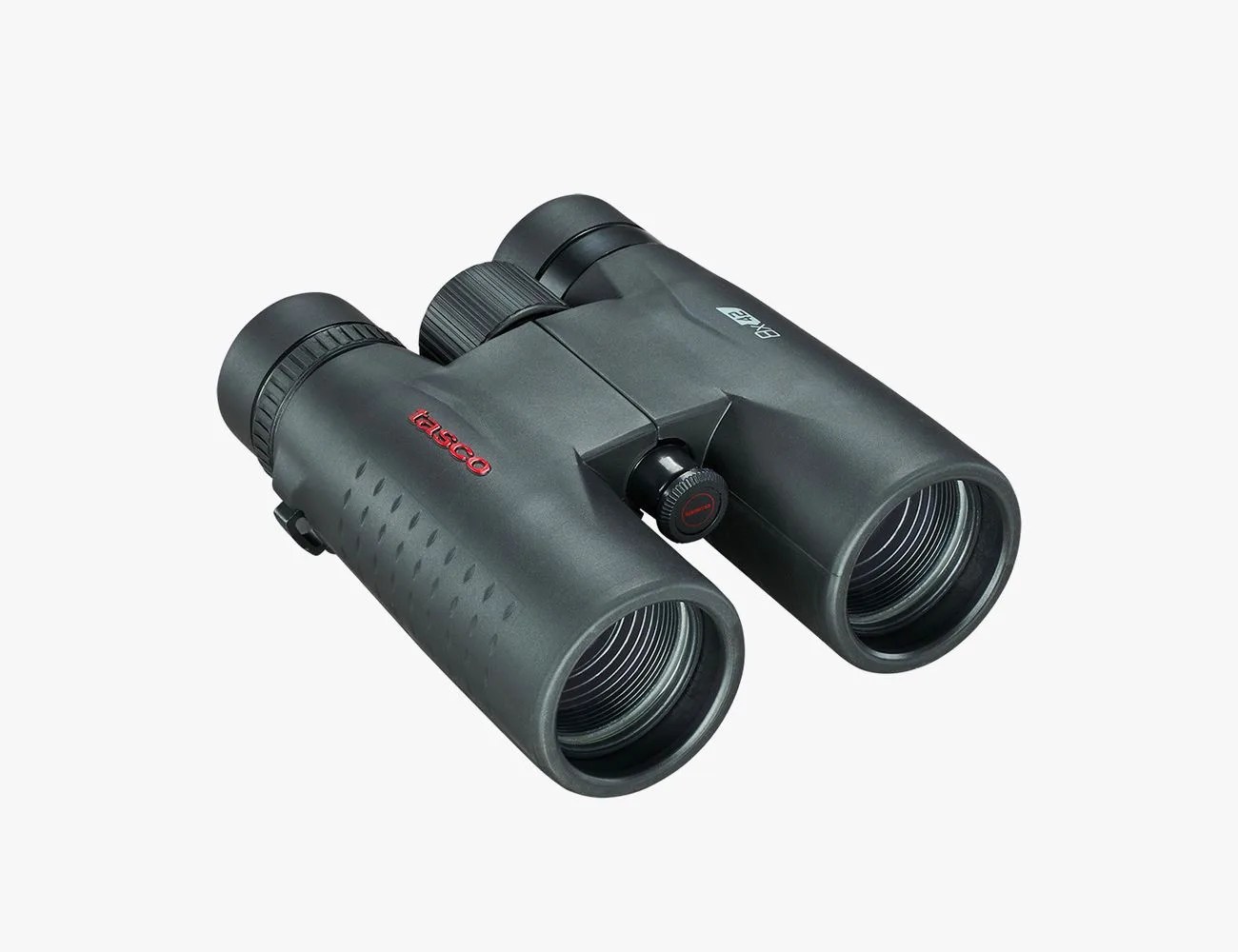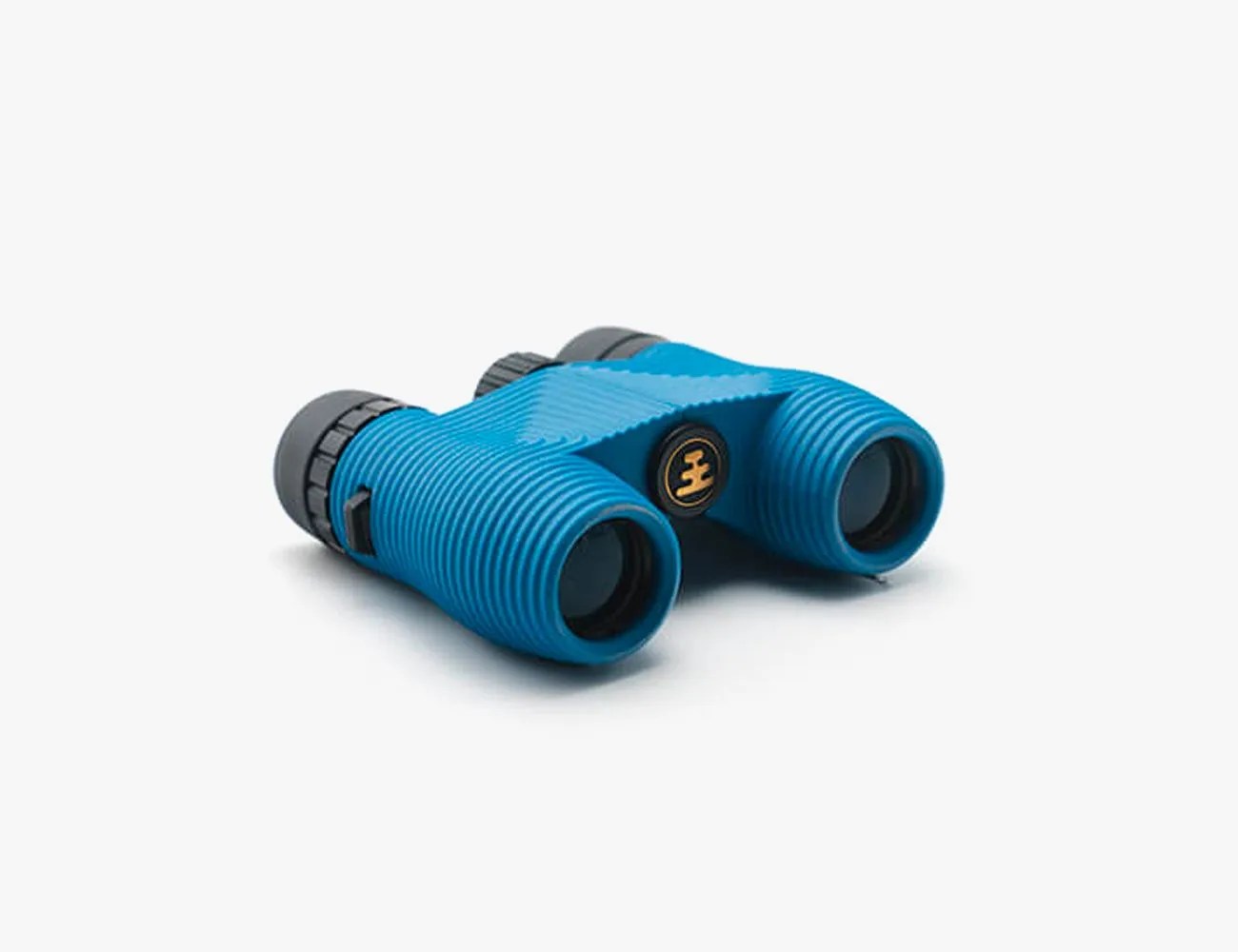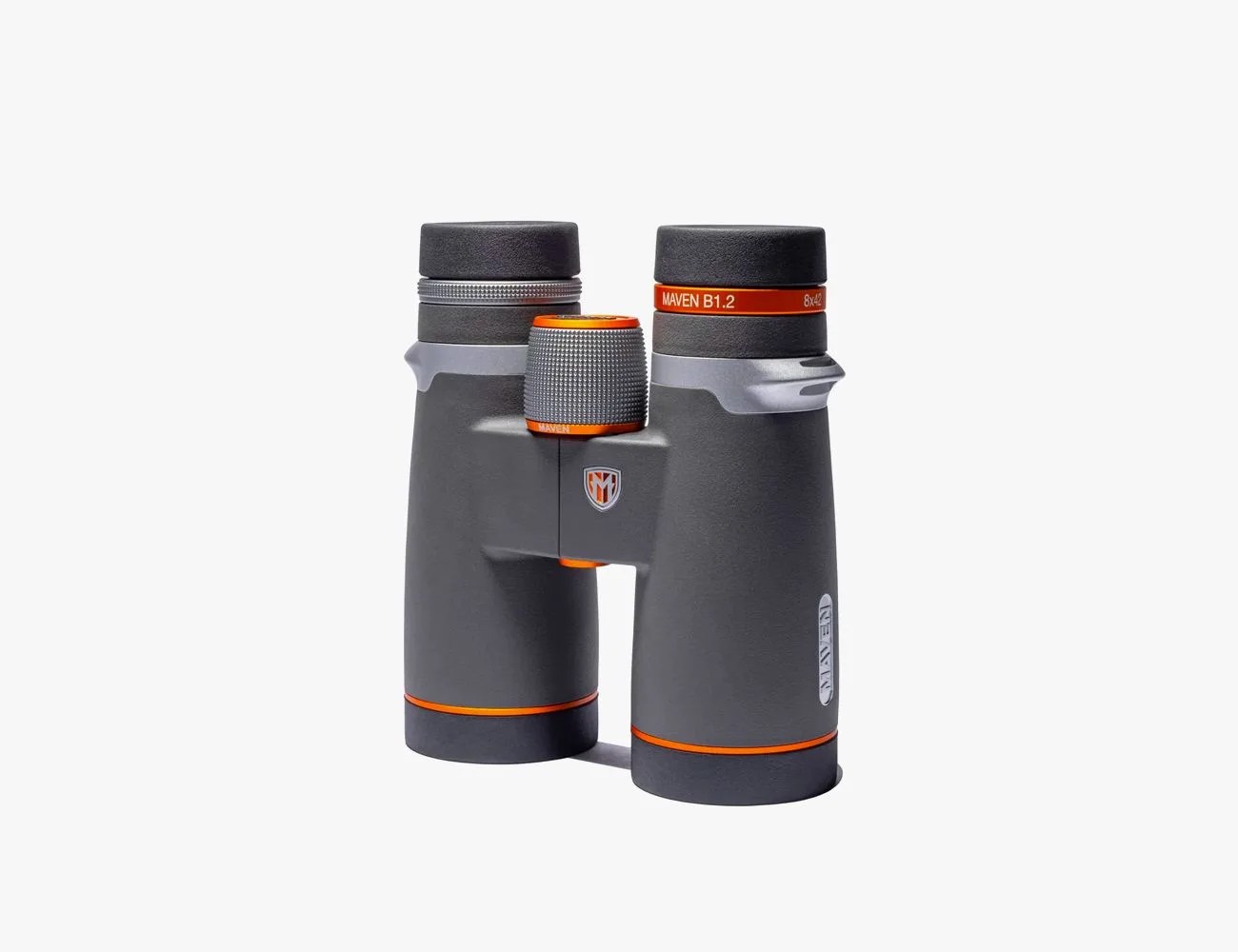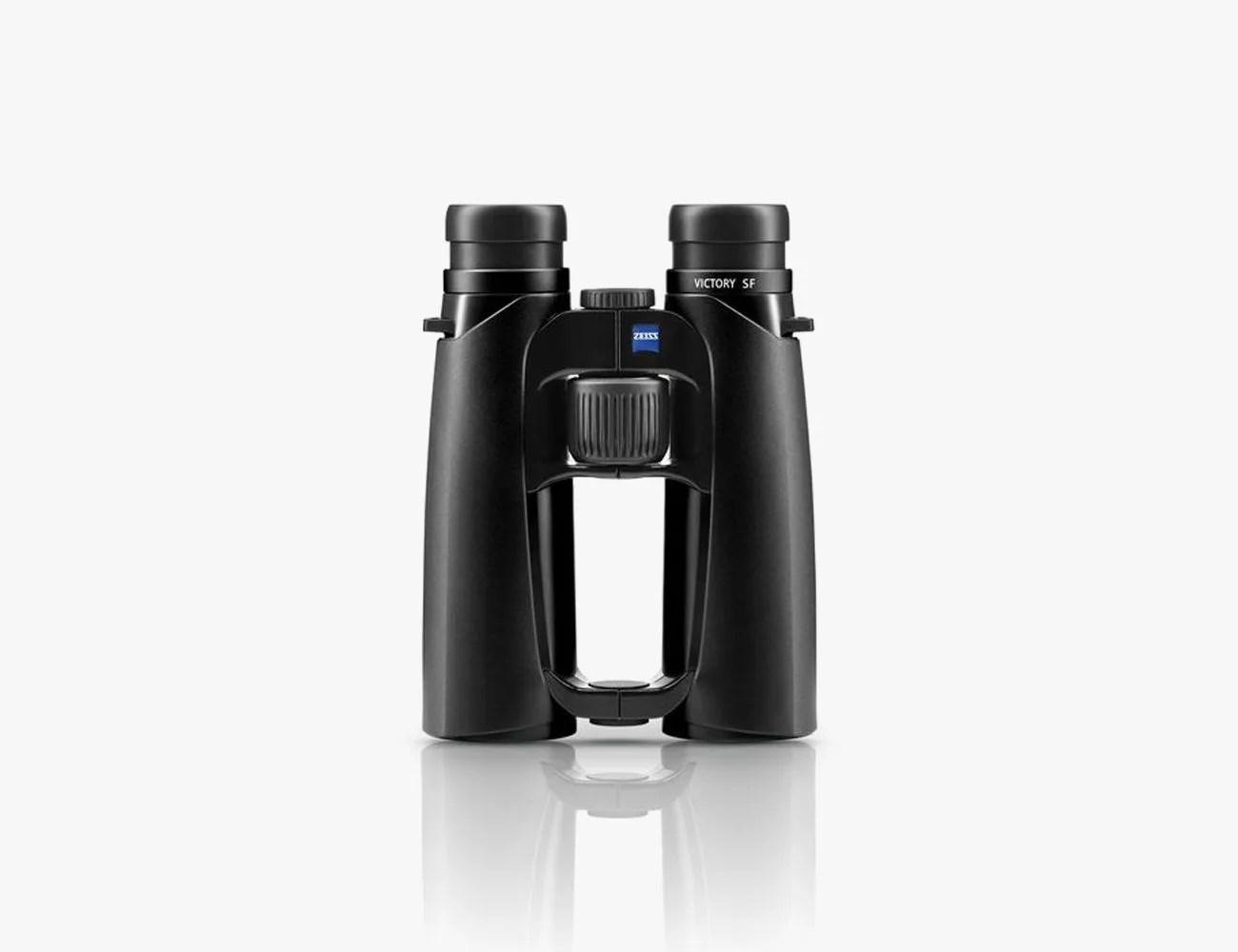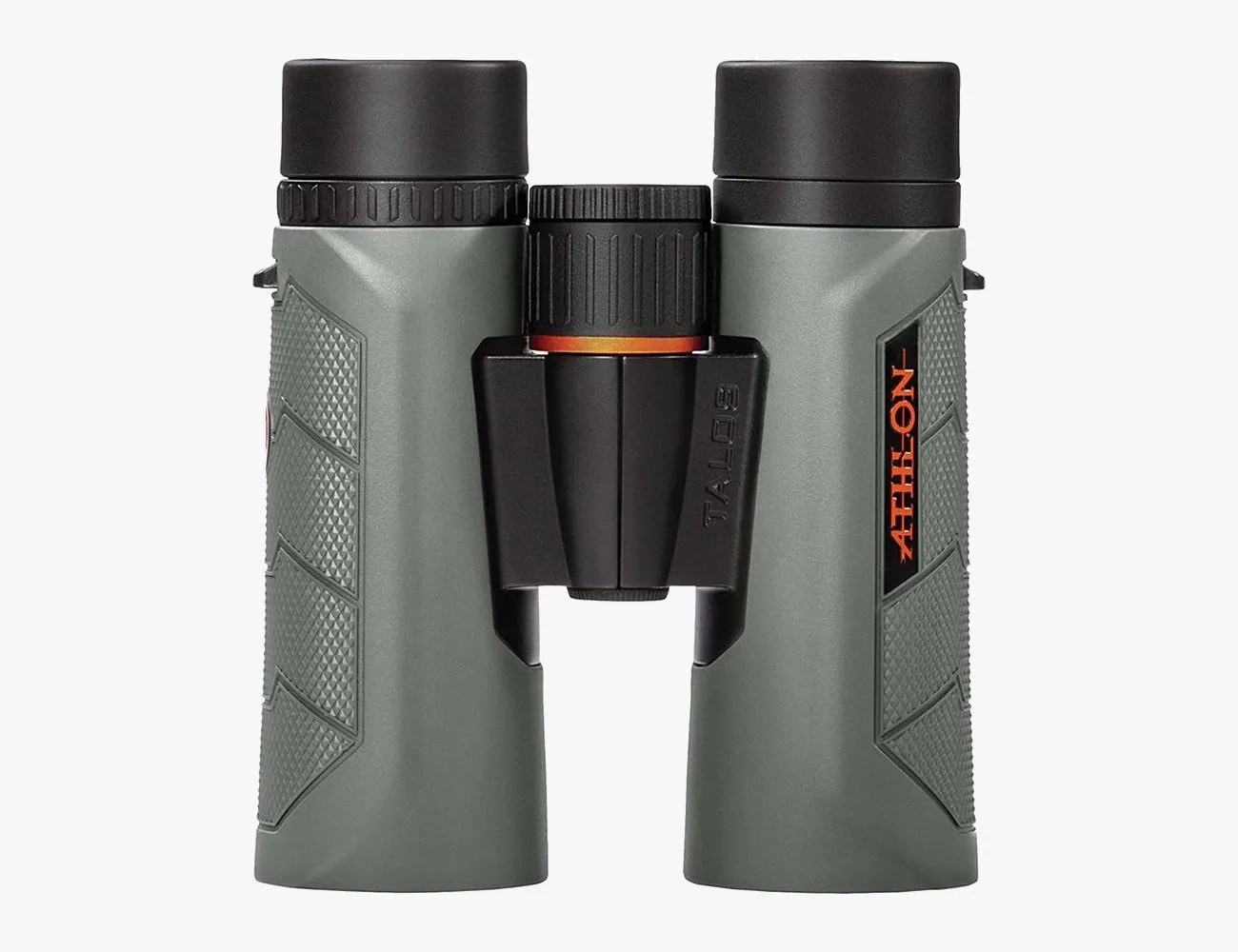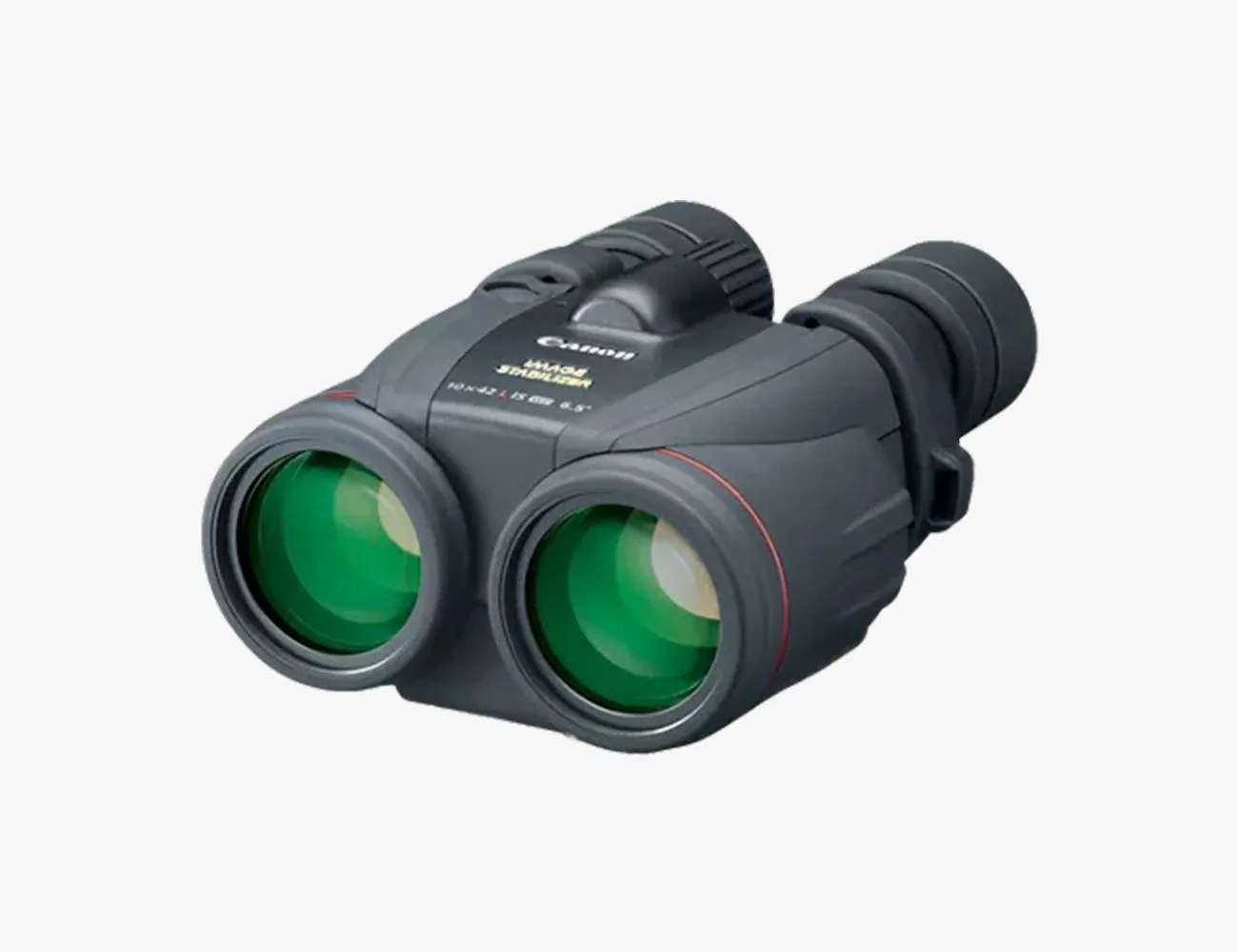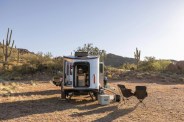The jury is still out on when binoculars were first invented — some experts will tell you it was in the 16th century, when Hans Lippershey of Holland combined two telescopic tubes to observe far-off objects with more clarity, while others will claim it wasn’t until 1823 when Austrian optician and inventor Johann Friedrich Voigtländer invented binos for practical use.
However you slice it, for (at least) hundreds of years, humans have been using the magnifying power of binoculars to examine far-away objects and animals, for both work and pleasure. Simple in their execution, complex in their design, binoculars are a welcome addition to any outdoor kit, and will elevate the experience of birders, hikers and campers alike. If you’re looking for a thoughtful and unique gift this holiday season, you can’t go wrong with any of the pairs below.
Products in the Guide
-
Nikon Monarch M5 8×42
Best Overall Binoculars
Read more -
Vortex Optics Razor HD Roof Prism Binoculars 8×42
Best Upgrade Binoculars
Read more -
Tasco Essentials 8X42mm Binocular
Best Budget Binoculars
Read more -
Swarovski El Range 8×42
Best Investment Binoculars
Read more -
Nocs Provisions Standard Issue Waterproof Binoculars
Best-Looking Binoculars
Read more -
Maven B1.2 – 8×42 / 10×42
Best Rugged Binoculars
Read more -
ZEISS Victory SF Binoculars, 8×42
Best for Hardcore Enthusiasts
Read more -
Athlon Optics Talos G2 HD Binocular – 10×42
Best for Gnarly Environments
Read more -
Canon 10 x 42 L IS WP
Best for Stargazing
Read more
What to Look for in a Pair of Binoculars
Magnification x Diameter
All binoculars, whether top-of-the-line or budget-friendly, are described by two numbers: for example, 8 x 42. These numbers represent magnification and diameter, two key attributes of any bino. The first number represents magnification, or how many times the subject is being enlarged. The second number denotes the diameter of the objective lens — the lens at the wider end of the tube — in millimeters.
Most everyday binoculars have a diameter of 42; anything larger than that will be too big and bulky for most people to want to carry around all day, and anything smaller than 30mm will lack the brightness needed for low-light conditions. If you’re comparing two pairs of binoculars of equal value, the pair with the higher magnification number will have a sharper and brighter image.
Field of View
Put simply, the field of view is what you can see through the circular frame of your binoculars. The wider the field of view, the easier it is to find and track objects. Many manufacturers describe the field of view as the diameter of the field you can see from a distance of 1,000 yards.
Comfort
With seemingly endless options on the market, it’s important to pick a pair of binoculars that feel good in your hands. Your ideal pair should be light enough that you’ll want to hike for hours on end with them but also have enough brightness and clarity to be of use during your outings. You should be able to reach the focus knob for on-the-go adjustments, and the grip should feel comfortable in your hands.
Many enthusiasts use binoculars: hunters, hikers, birders and boaters. Make sure you do your research and find which pair works for your chosen hobby.
Waterproofing
Any binocular that costs more than a couple hundred bucks should be waterproof and nitrogen-purged to minimize fogging in humid or wet environments. In most models intended for outdoor use, this is par for the course, but it’s always helpful to double-check product descriptions, just in case.
How We Tested
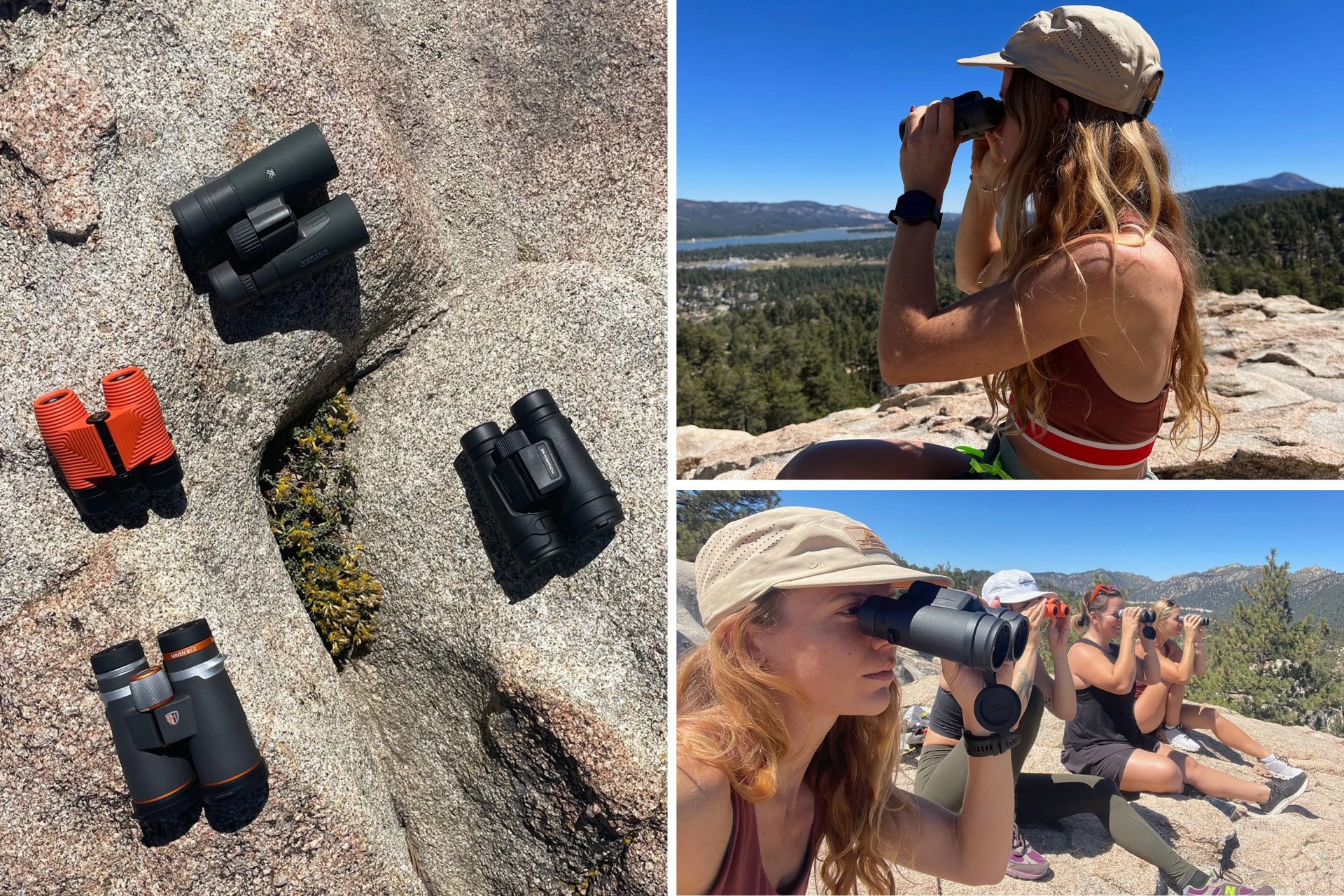 Gear Patrol Staff
Gear Patrol StaffOur testers tried out the binoculars on this list in Big Bear, California, taking in both the mountainous scenery and the wildlife. The models were judged based on weight, ergonomics, clarity and brightness and durability. Each tester spent time trying out each model, with a consensus reached at the end of the testing period. Our testers tried the binos in both full-light and low-light conditions and at close range as well as long-distance viewing.

